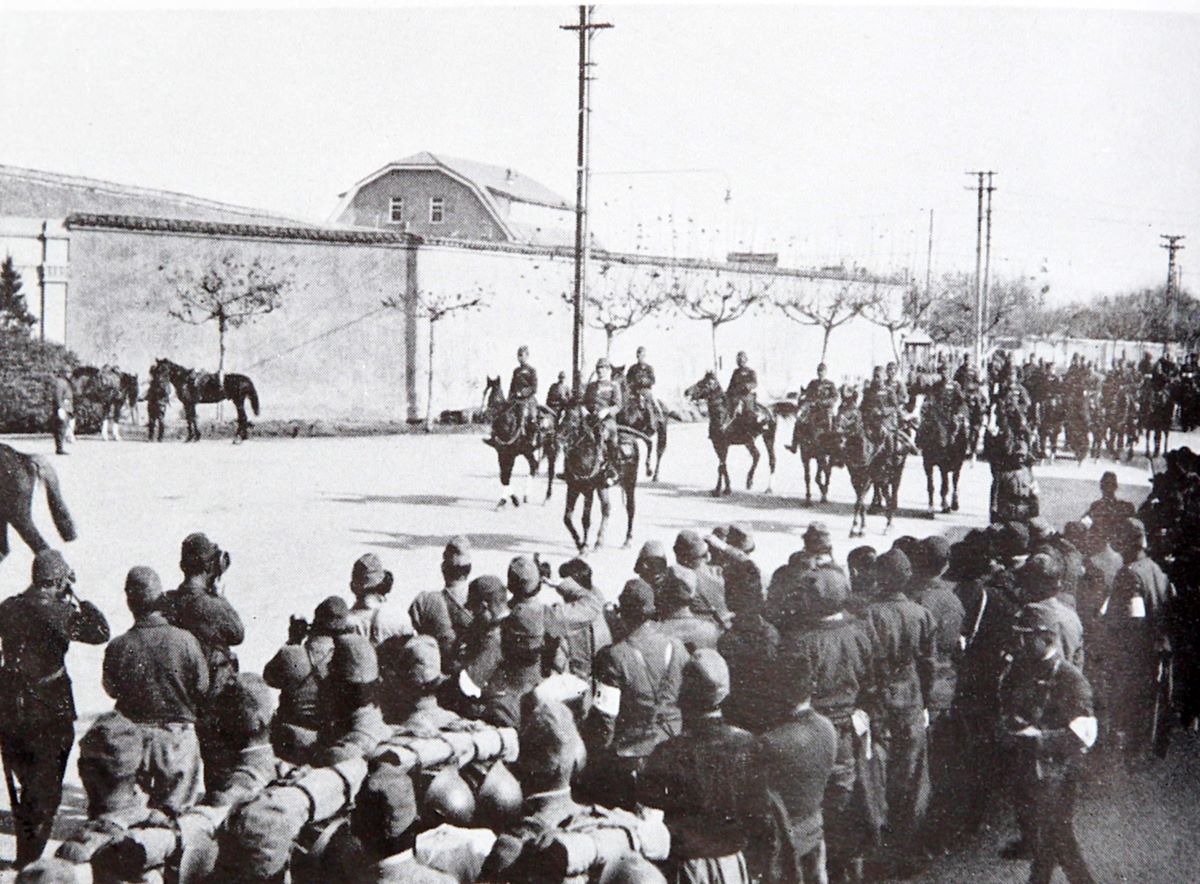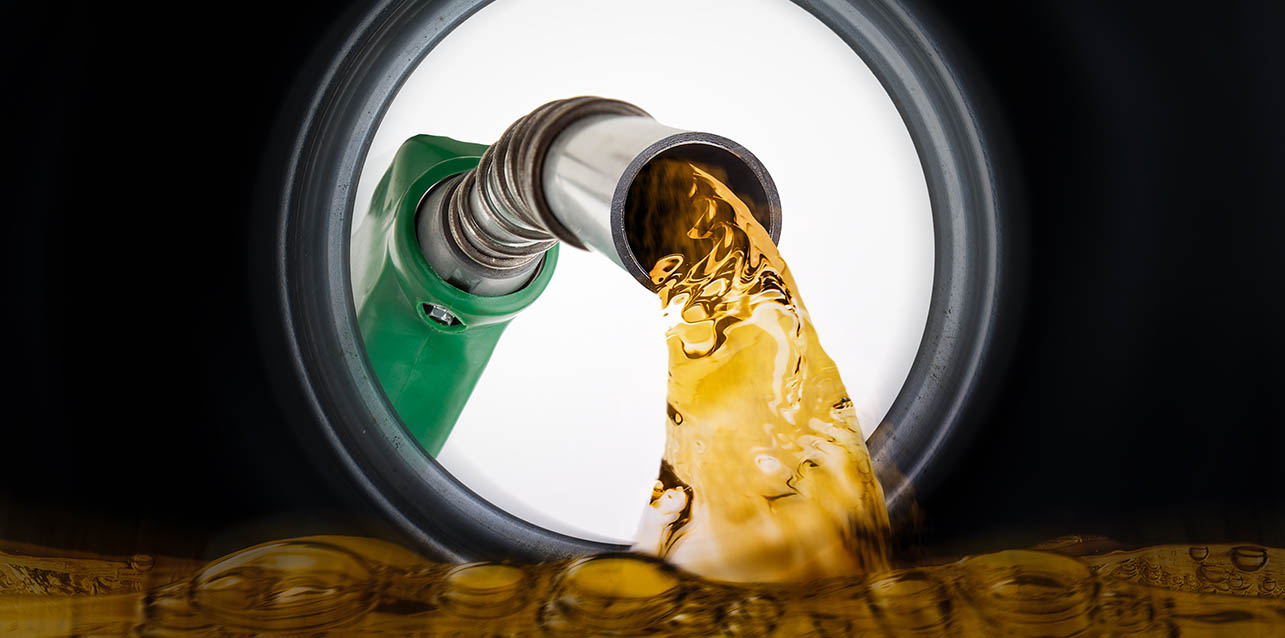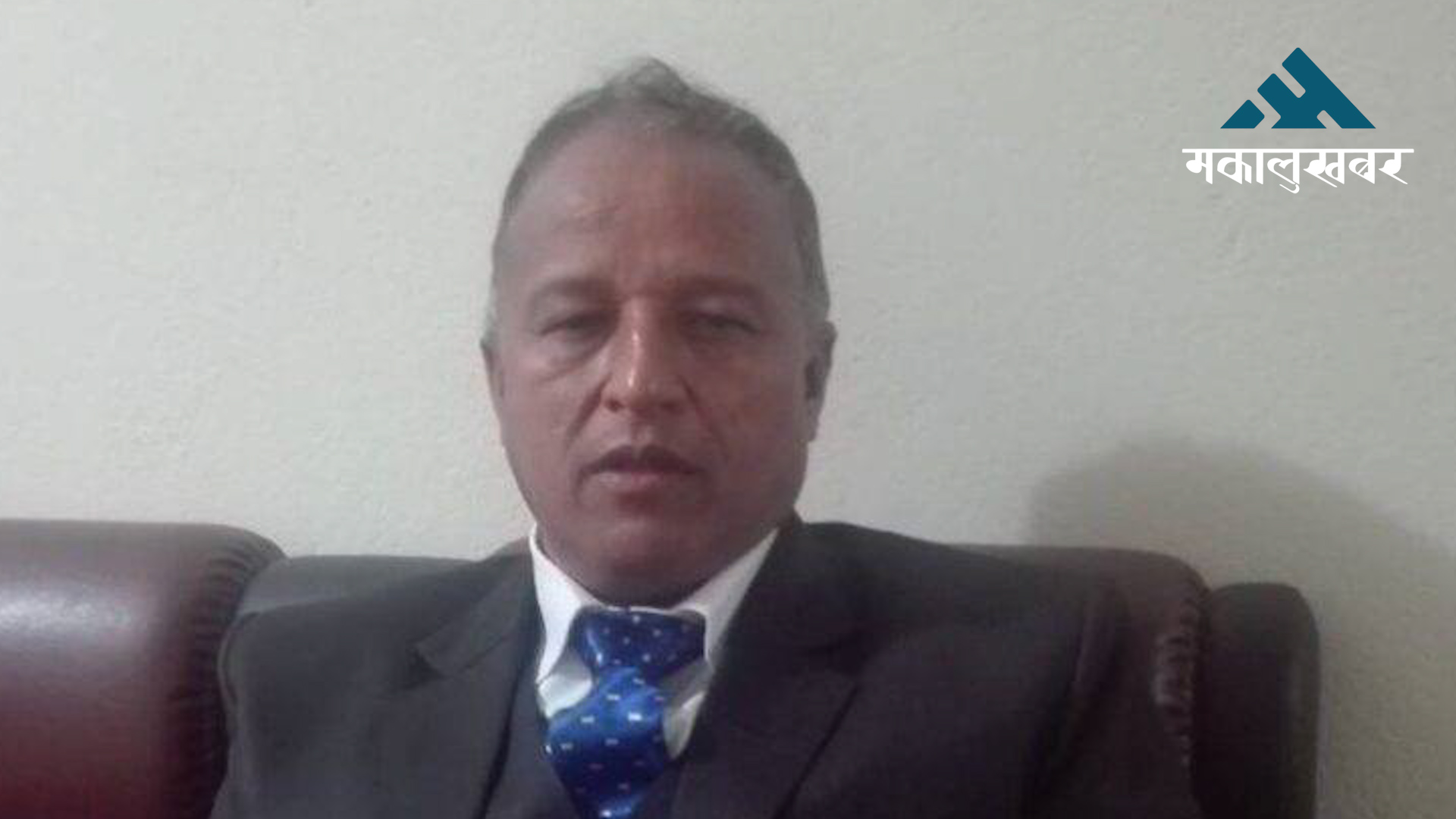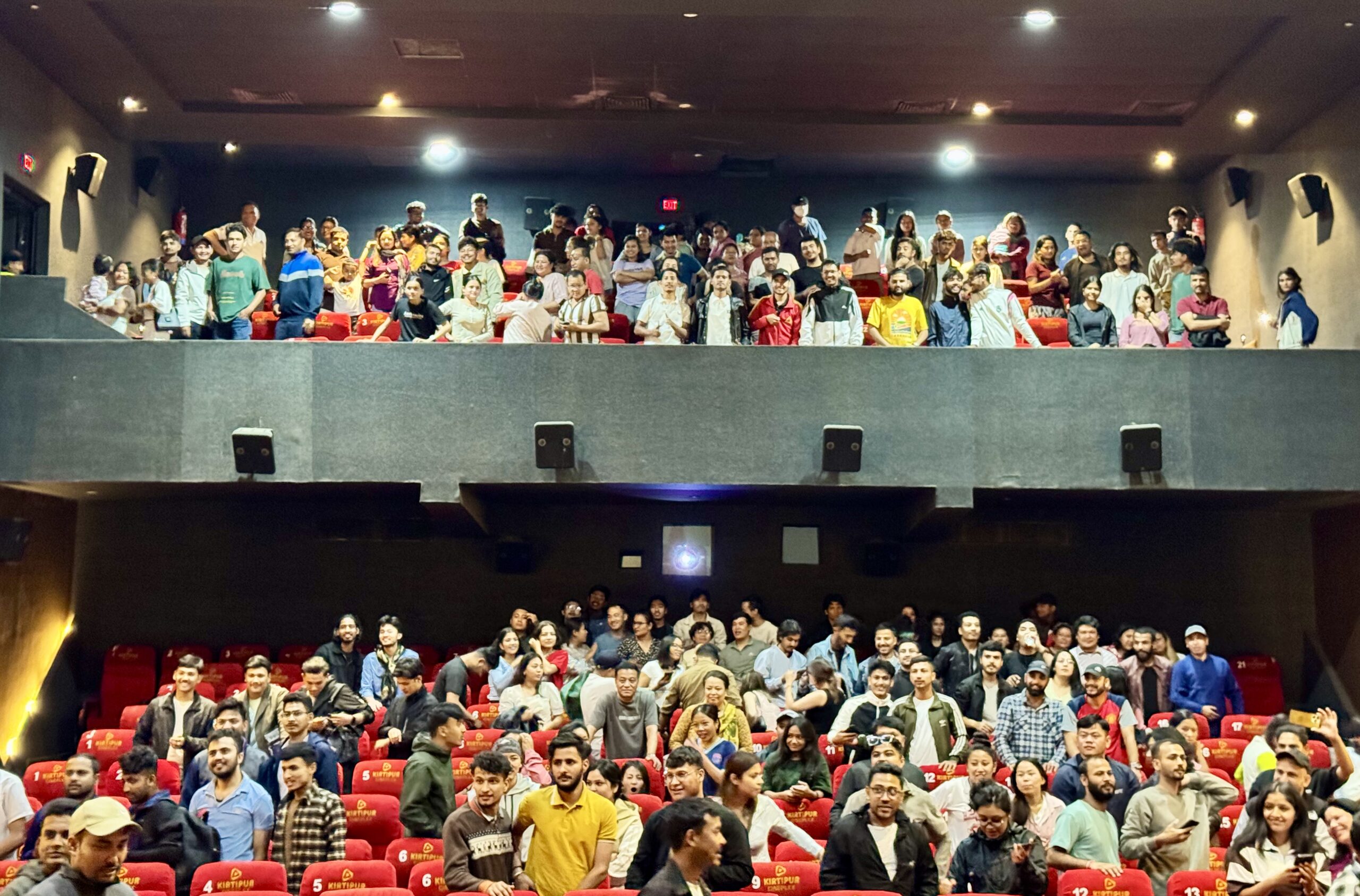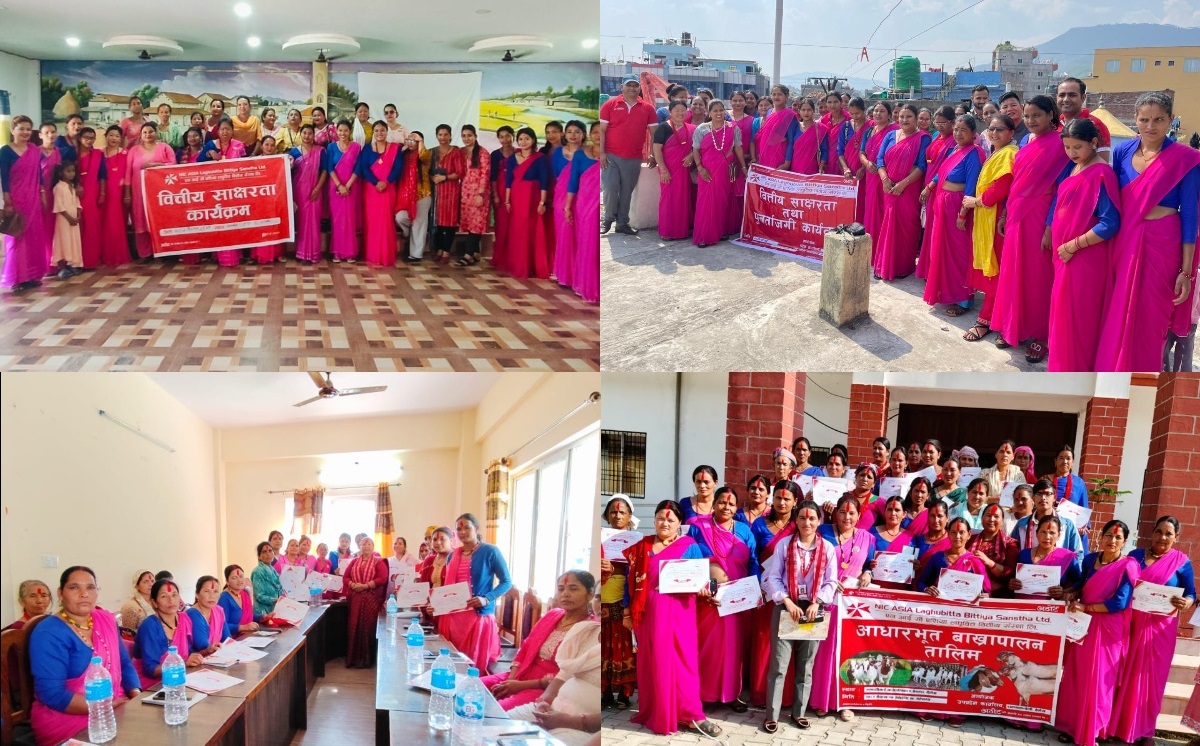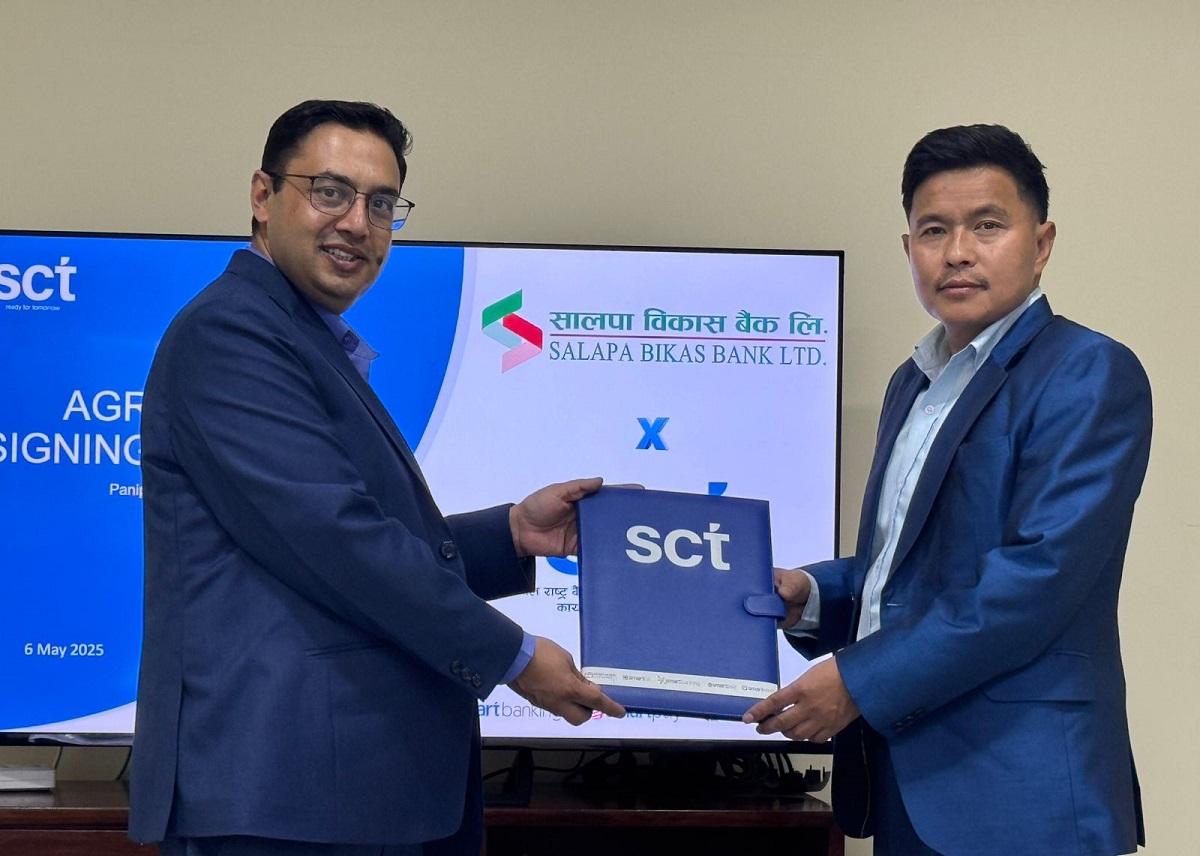All-Black team set to climb Everest
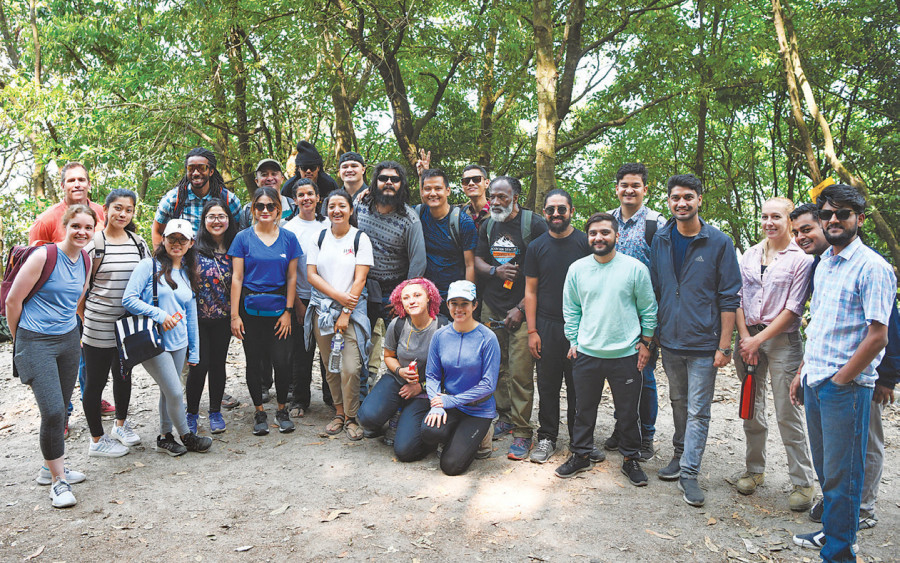
KATHMANDU: APRIL. 7 – On May 1, 1963, Jim Whittaker became the first American to climb the world’s highest peak— Mt Everest.
On August 28, the same year, Martin Luther King, an American civil rights activist and Baptist minister, during the March on Washington for Jobs and Freedom delivered his historic “I Have a Dream” speech calling for civil and economic rights and an end to racism in the United States.
It took four decades for the first Black climber to summit Everest.
On May 26, 2003, Sibusiso Emmanuel Vilane of Swaziland became the first black person to summit Everest, according to mountaineering statistics of the government.
Come May, an 11-member all-Black team has set its eyes on the world’s tallest peak.
The project aims to promote racial equity in the great outdoors by summiting Everest.
“We believe our project will encourage people of colour to not just dream big, but simply get outside,” Philip Henderson, a native of California, the leader of the 11-member all-Black expedition team, told journalists in Kathmandu on Wednesday.
“We want to tell the world that we build the community and we are also a part of the community.”
The team will leave Kathmandu for Lukla, the gateway to Everest, on Thursday and then trek to the Everest base camp.
The team will be accompanied by at least 60 members, including 25 Sherpa guides and an eight-member filming team. “Eleven of us will climb. We expect at least nine will succeed,” said Henderson.
The expedition has been named ‘Full Circle’, with an objective to spread awareness about the need for diversity and inclusion in outdoor sports and beyond for the Black community.
This historic attempt has been expected to inspire generations of outdoor enthusiasts, educators, leaders and mountaineers of colour to continue chasing their personal summits.
“Black people have started moving to big cities. They have started dreaming. Things have changed but they have not changed much,” said Henderson. “I have been to Nepal 12 times. People in Nepal know me but they don’t know us [Black].”
“We are going to Everest, the tallest mountain on the planet. There is a risk of dying. But if we succeed, the new generation will see what we did.”
Attempting to summit Mount Everest is neither easy nor safe. At least 295 people have died on the mountain, 197 on Nepal’s side of Everest, according to the Himalayan Database which archives a comprehensive record of all expeditions.
Close to 7,000 mountaineers have climbed Everest from the Nepal side since Tenzing Norgay Sherpa and New Zealander Edmund Percival Hillary first set foot atop the world’s highest peak in May 1953. Only a handful of those climbers have been Black.
Bhishma Raj Bhattarai, an official at the Department of Tourism, the agency that issues permits to climb Everst, told the Post that 176 permits have been issued for Everest as of Wednesday, with the highest 42 permits issued to American climbers.
“We also see an equally busy year on Everest this spring too.”
Last spring, despite the Covid pandemic at its peak, Nepal issued nearly 750 permits—with a record 408 fee-paying permits issued to individuals aspiring to climb the world’s tallest mountain. Only 163 climbers succeeded.
Everest aspirants have started packing their bags and are heading for the Khumbu region. Flights are busy, restaurants and hotels are packed again, helicopters are humming and ponies and yaks are busy transporting goods to the foot of Everest.
Everest normally sees aspirants with multiple goals.
“This is a project where we can make an impact,” said Adina Scott, one of the two female members in the team.
Bhattarai said that they have not maintained a separate record on Black Everest climbers but said such an expedition is rare.
In the spring of 2019, Saray N’kusi Khumalo, born in Zambia, and now a South African, had scaled the 8,8848.86 metre tall mountain after three failed attempts that were foiled by bad weather and a deadly earthquake in 2015.
“More women should rise,” said Shanta Nepali, who is filming the tour up to the Everest base camp. “This is an amazing project. This project will not only raise awareness to promote racial equity in the great outdoors in American society but in Nepal too where there are many communities who still face barriers either from the government or from society.”
“Nepal is also among the least diverse countries when it comes to the outdoors. I am happy to be a part of the project.”
Foreigners pay $11,000 to obtain a permit to climb Everest and spend anywhere between $40,000 and $90,000 for the entire expedition.
The Full Circle project is estimated to cost $800,000. The project received around $200,000 in donations through a GoFundMe campaign and was funded by companies like Microsoft and North Face.
“It costs a lot of money. But we have received overwhelming support for the noble change. We eat daal, bhaat to manage our expenses,” said Henderson.
“We are here to accomplish our goal,” he said, “we have to return home with success. This is Everest. A deadly mountain.”
-Kathmandu Post



